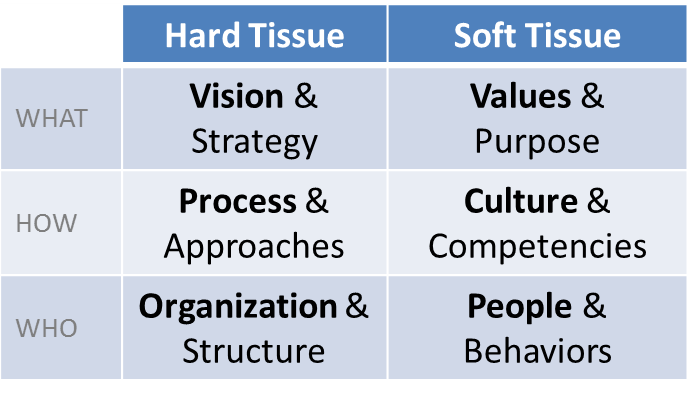Consultants – Please hide your tools!
Can you imagine the following scenario: you go to the doctor to have an issue addressed…the doctor walks in the room, briefly introduces himself, looks quickly at your problem, then starts talking about all the techniques he’s ever learned in medical school…He gets more and more excited, opens a drawer and explains the design & purpose of each tool he has in his office. This would be really weird…not to mention downright scary, right?
However that’s exactly what you’ll find that many smart, well-meaning, but unseasoned consultants do (it’s a tell tale sign…an easy trap even for the experienced to fall into as). They’re so enamored and excited by the power of their techniques and tools they “dump” them on their client.

The result is inevitable – rather than appearing smart, trustworthy and credible (which is a noble goal!), they scare off the client who feels overwhelmed, confused by all the options and “didn’t sign up for this heavy approach.” Both sides have lost!
How could it have ended differently? Back to the doctor example…suppose the doctor sits down, gets to know you a bit (family, work, kids…), lets you talk in depth about your pain and symptoms, conducts a careful examination, shows you an x-Ray of the problem…then proposes the procedure he has in mind, why he thinks it will be effective and what it means to you (…length, impact, recovery time, etc). You’d feel completely different than the first example, right?
So what’s the lesson to be learned for “good consulting?” I’d like to propose the following sequence and “prioritization of connections” with your client (which we’ll take step by step in subsequent posts):
- Personal connection (people – heart): relationship, empathy, diagnostic (“who & where we are”)
- Focus on the fundamentals (why – head): mindset, goal of goal, underlying principles (“what are we here to do”)
- Process (what – eyes): approach, time-phased plan of attack (“how is it going to work”)
- Tools (how – hands): what will use to get the process done – just the part they need to know (“working through it together”).
Beware, the telltale sign of inexperience is to take the above in reverse order. Have you seen it done, or done it yourself (I have!)?
We’ll work through these in future posts, but for now think of this approach in your next client engagement. I’m sure you’ll see the difference! Let me know how you put it into practice…
Picture: www.linkedin.com





